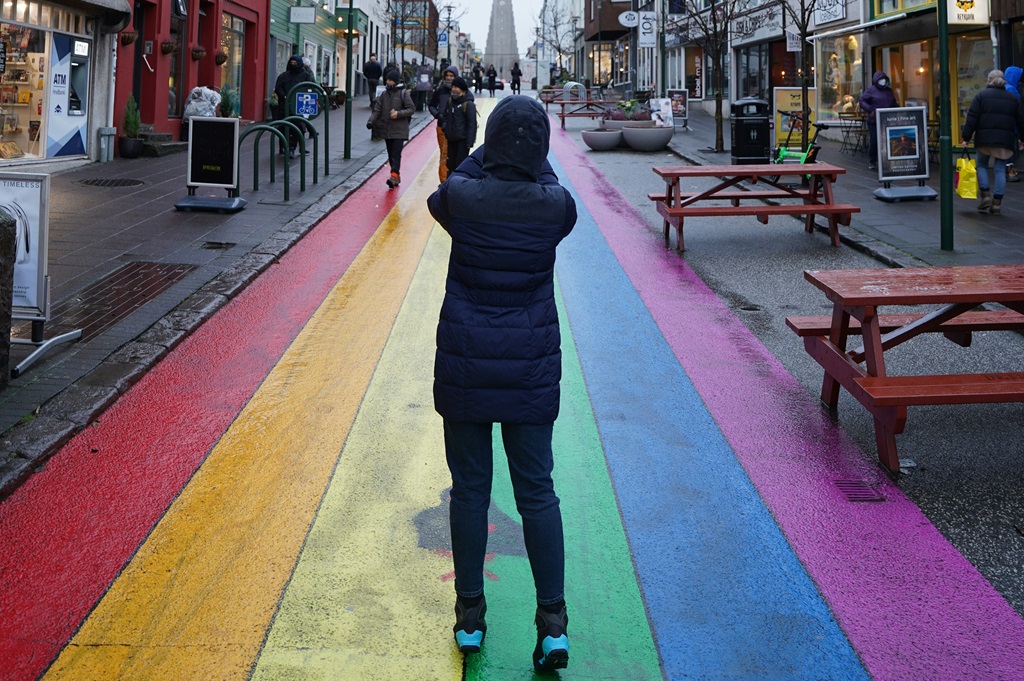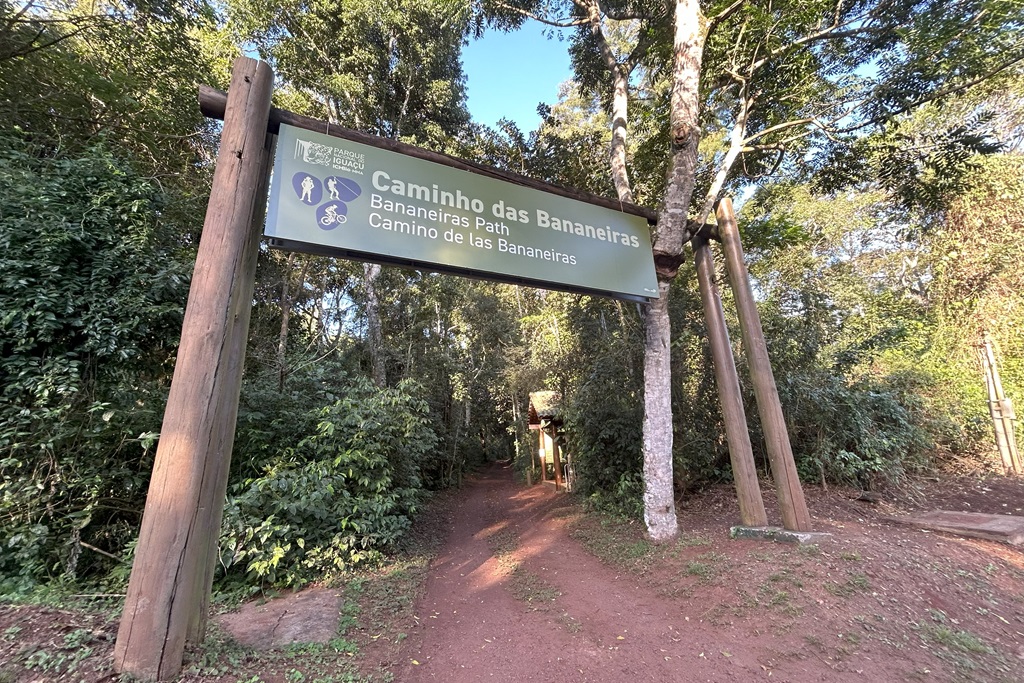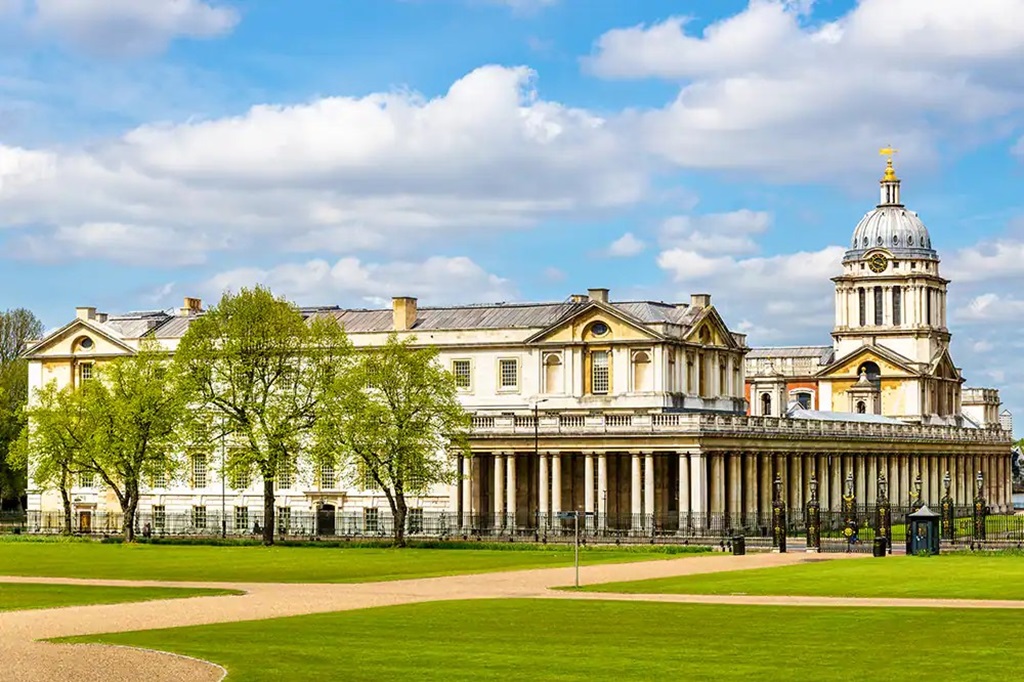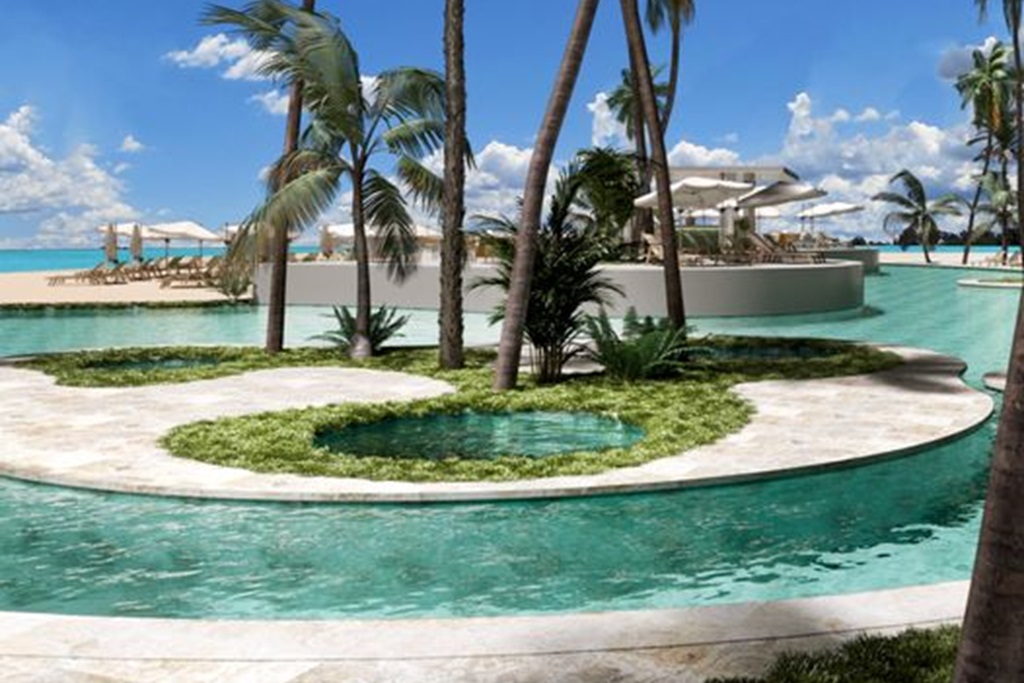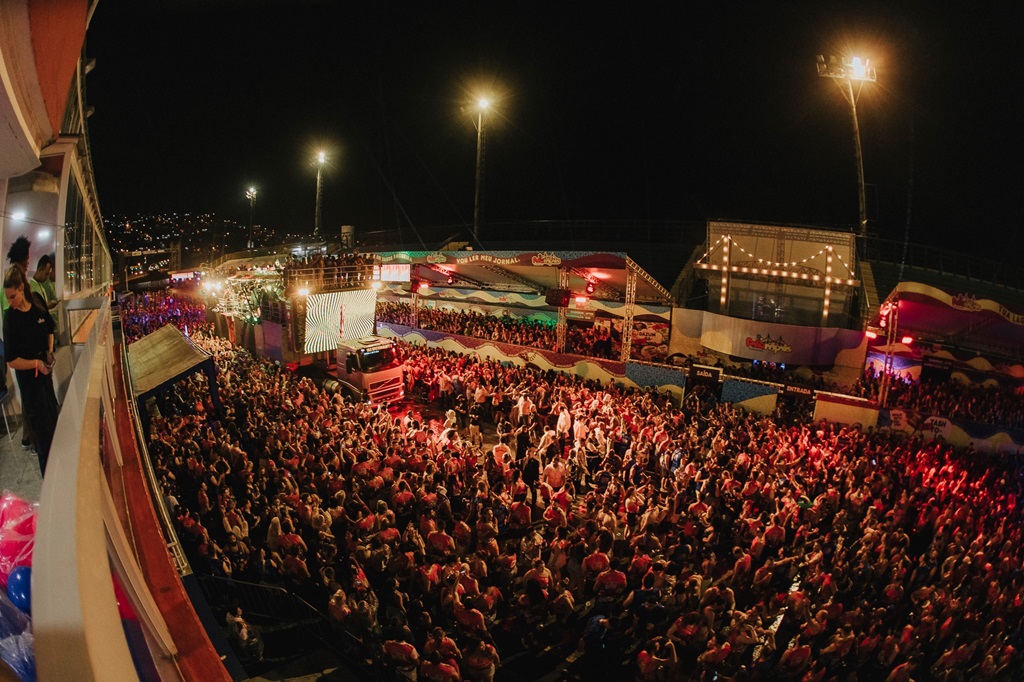Navegantes herdou de seus colonizadores açorianos a tradição pela pesca e construção naval. É o terceiro maior centro de captura e beneficiamento de pescados da América Latina, exportando para o mundo, além de possuir o Terminal Portuário de Navegantes, um dos mais modernos do país e o Aeroporto Internacional Victor Konder, o segundo maior do Estado.
No setor industrial, se destaca a construção naval, sendo o maior parque de estaleiros navais do país (construção de pesca para alto-mar) iates e baleeiras feitas de madeira. Na área rural, paisagem rica e exuberante, desenvolvendo-se a agropecuária e hortifrutigranjeiro. No turismo, a cidade vem se desenvolvendo em função das belezas naturais dos seus 12 km de praia, divididas em Praia Central, Meia Praia e Gravatá, com dunas cobertas por vegetação nativa e preservadas em toda a extensão.
Com uma ampla avenida que segue por toda a orla, oferece ainda um extenso calçadão para caminhadas e passeios. Ainda em toda a orla é possível praticar vários esportes como futebol, vôlei, frescobol e pesca de arremesso. O surfe e o body-board são os esportes mais praticados pelas ondas propícias que quebram na praia central. A cidade realiza há mais de um século a Festa Religiosa de Nossa Senhora dos Navegantes com destaque para a procissão fluvial pelo Rio Itajai-açú, com dezenas de embarcações.
Publicado no Aeroporto Jornal – outubro/2010
Navegantes
Navegantes inherited from Azorean colonizers the tradition of fishing and shipbuilding. It is the third largest center of catching and processing fish in Latin America, exporting to the world, besides having the Port of Navegantes Terminal, one of the most modern in the country and Victor Konder International Airport, the second largest in the state. In the industrial sector, the shipbuilding stands out, being the largest park in the country’s shipyards (construction for sea fishing) yachts and dinghies made of wood. In rural area, rich and lush landscape, developing agriculture as well as fruit, vegetable and poultry segment. In tourism, the city is developing due to its natural beauty, with 12 km of beach, divided into Praia Central, Meia Praia and Gravatá with dunes covered by native vegetation throughout preserved.
With a wide Avenue, which runs across the border, also offers an extensive sidewalk for walking and riding. Even across the border it is possible to practice various sports such as soccer, volleyball, racquetball and fishing. The body-boarding and surfing are the most popular sports in the proper waves breaking on the central beach. The city performs for more than a century the religious festival of Nossa Senhora dos Navegantes especially the fluvial procession by the Itajaí-açú River, with dozens of boats.

